HAWKS, EAGLES, OSPREY, HARRIERS
|
CARACARAS, KESTRELS, MERLIN, PEREGRINE
|
OWLS
|
WARBLERS
|
WOODPECKERS
|
PASSERINES
|
HUMMINGBIRDS
|
LAPWINGS, PLOVERS, KILLDEER
|
SHOREBIRDS
|
SHOREBIRDS-GENUS CALIDRIS
|
SHOREBIRDS-GENUS TRINGA
|
SHOREBIRDS-SNIPE and WOODCOCK
|
OYSTERCATCHERS
|
SORA-GALLINULE-MOORHEN-COOT
|
SANDHILL CRANES
|
DOVES, PIGEONS
|
CUCKOOS
|
HERONS
|
EGRETS, BITTERNS
|
GEESE, SWANS
|
DUCKS
|
DUCKS-GENUS ANAS
|
WOOD DUCKS
|
TERNS
|
GULLS
|
CORMORANTS, ANHINGAS
|
PHEASANTS, WILD TURKEY
|
BLACK AND TURKEY VULTURES
|
LOONS
|
GREBES
|
PELICANS
|
IBIS, SPOONBILLS
|
AVOCETS, STILTS
|
KINGFISHERS
|
SHRIKES
|
WOOD STORKS
|
PURPLE FINCH vs HOUSE FINCH
|
AVIAN BROOD PARASITISM
WARBLERS

Yellow Warbler -Male |

Yellow Warbler-Immature Male |
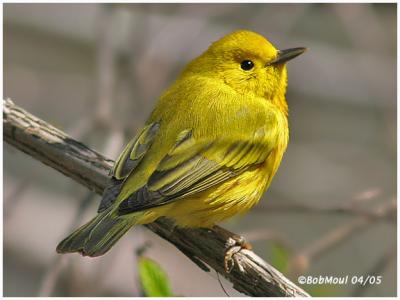
Yellow Warbler |

Yellow Warbler -Male |

Palm Warbler |

Palm Warbler |
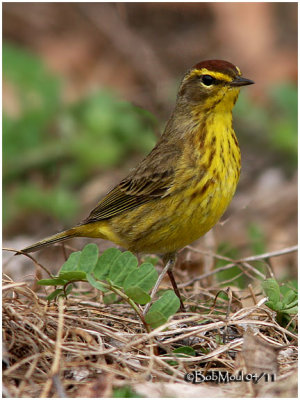
Palm Warbler |
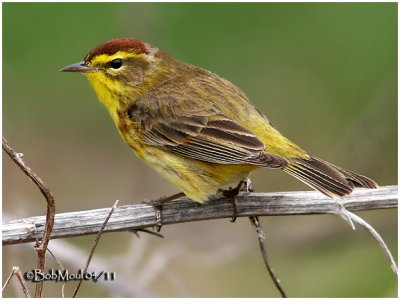
Palm Warbler |

Palm Warbler |
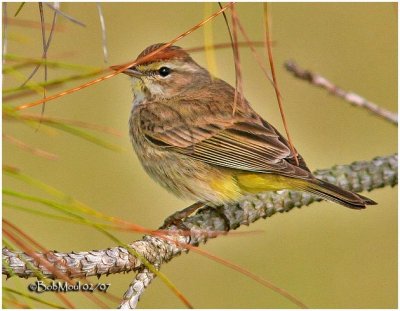
Palm Warbler-Winter |
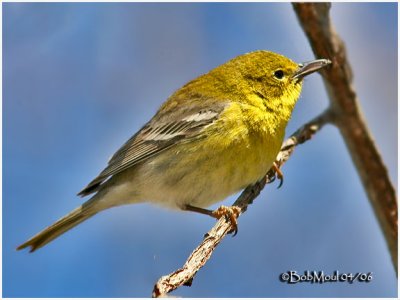
Pine Warbler |
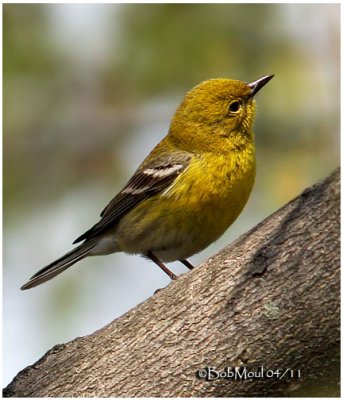
Pine Warbler |

Pine Warbler |
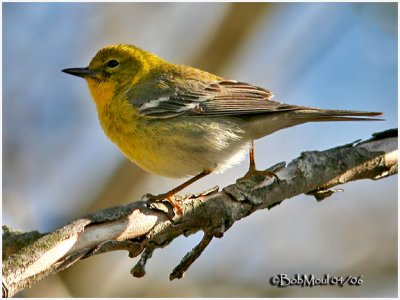
Pine Warbler |
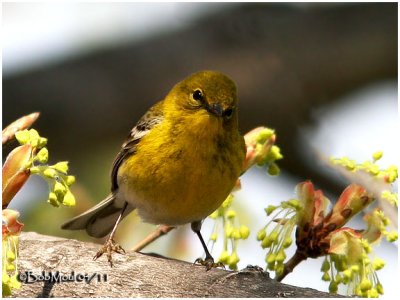
Pine Warbler |

Pine Warbler |

Louisiana Waterthrush |

Louisiana Waterthrush |
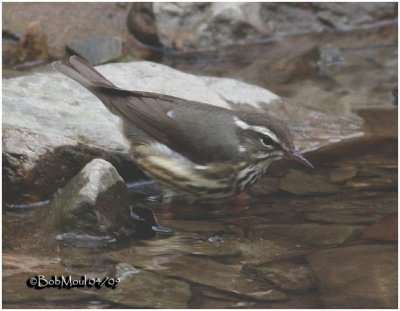
Louisiana Waterthrush |

Louisiana Waterthrush |
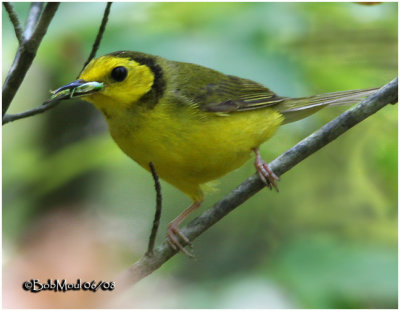
Hooded Warbler-Female |
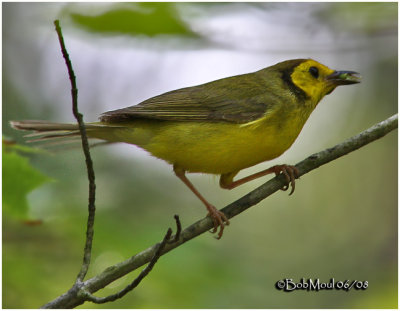
Hooded Warbler-Female |
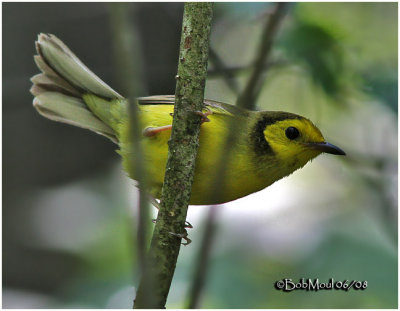
Hooded Warbler-Female |

Hooded Warbler-Female |
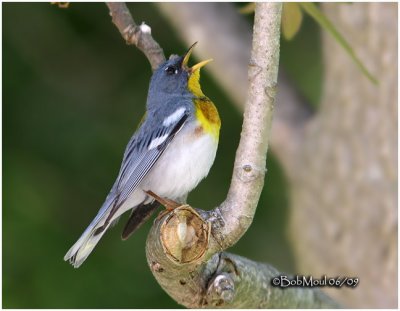
Northern Parula |

Northern Parula |

Northern Parula |

Northern Parula |

Blue-winged Warbler |
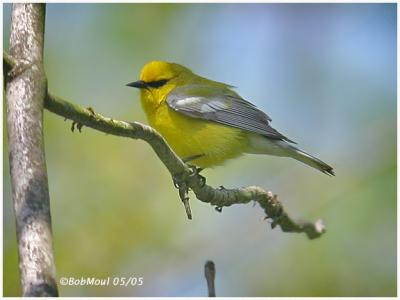
Blue-winged Warbler |

Blue-winged Warbler |
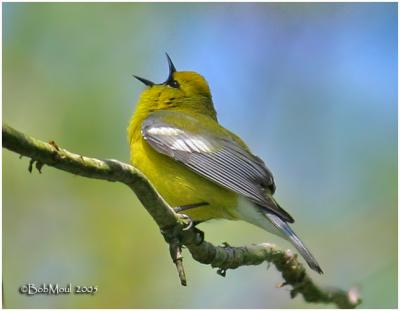
Blue-winged Warbler |
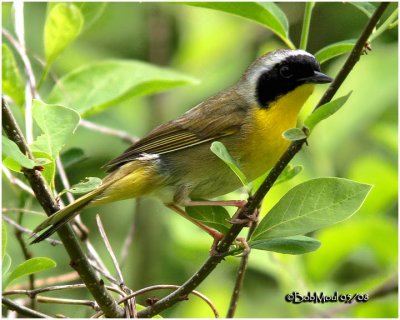
Common Yellowthroat-Male |
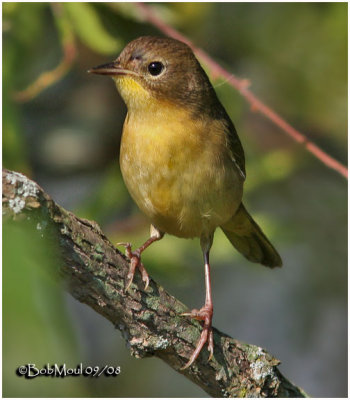
Common Yellowthroat-Female |
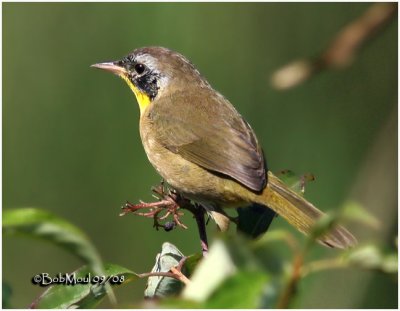
Common Yellowthroat-Male Fall |

Common Yellowthroat-Male |
click on thumbnails for full image











